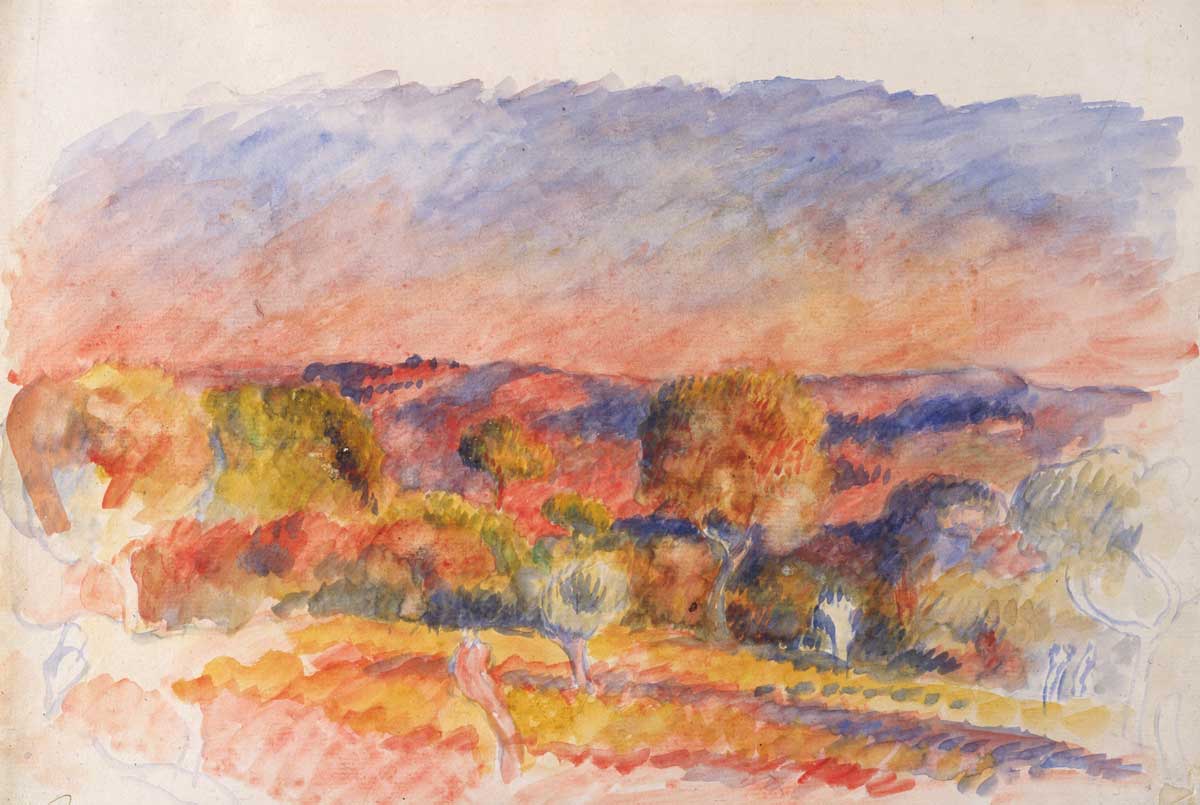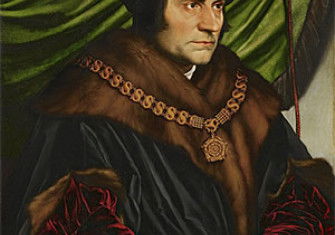Sweet Dreams
Utopian ideas from an era that looked to the future with optimism.

In January 1888, an unremarkable novelist called Edward Bellamy published Looking Backward 2000–1887. In the novel, a man in Boston falls asleep in the late 1880s and wakes up 113 years later, in an America of Universal Basic Income, where all property has been nationalised. Following decades of widening inequality, the novel sold hundreds of thousands of copies in both Britain and the US, striking a chord with readers.
The success of Looking Backward created a trend for literature inspired by utopian visions of the world. Soon there was William Morris’ News From Nowhere (1890), in which a London gentleman awakes after a similarly lengthy slumber to find a bucolic city in which money has been abolished. There was Edward Carpenter, who set out his view of sexual revolution and ‘spiritual democracy’ in the long, Whitman-esque poem ‘Towards Democracy’ (1905). And there was Charlotte Perkins Gilman, whose story ‘The Yellow Wallpaper’ (1892) explored the oppressive domestic life of women and who later depicted a female society free from war and conflict in Herland (1915).
The Last Utopians studies the work and lives of these four writers, introduced by a short history of utopian ideology and movements. It begins with Thomas More’s Utopia (1516), moving on to the agrarian communities inspired by the philosopher Charles Fourier that sprung up across America in the early 19th century. These in turn inspired the writing and lifestyles of the American transcendentalists, Ralph Waldo Emerson and Henry David Thoreau.
The utopian thinking looked at in this study is a broad church. Carpenter was a pioneering figure for gay rights and animal rights, extolling the virtues of sandals and vegetarianism. Morris longed for a return to medieval craftsmanship and embraced Marxism. Perkins Gilman and Bellamy both campaigned for gender equality. One of the few features each writer had in common was a general yearning for what we might call socialism, but that term had yet to become ubiquitous. While Morris self-defined as a socialist, Carpenter preferred to be known as an ‘arcadian’, Bellamy favoured ‘nationalist’ (dismissing socialism as unpatriotic) and Perkins Gilman insisted on ‘humanist’.
While we get the occasional hint as to why some of the works featured in this book are no longer widely read, in the contextualisation of their production within the movements of the era, The Last Utopians ‘takes off’. We are shown the early developments of feminism in America through the Nationalist movement (as it was called), which produced a magazine that Perkins Gilman wrote for. In Perkins Gilman’s story, the gender disparities of the era are laid bare. After a breakdown in 1885, she was advised by a doctor to ‘never touch pen, brush, or pencil as long as you live’. Carpenter’s life is also fascinating. Having grown up believing he was the only gay man in existence, he travelled to befriend Walt Whitman after reading Leaves of Grass.
The collective belief in the possibility of a better society is inspiring and Robertson’s writing brings an often overlooked period of counter-cultural history into vivid focus. The book ends with a long epilogue on the demise of utopian writing. The First World War ended the myth of the inevitability of progress and the Second showed the damage caused by regimes fuelled by ideology. Utopian ideas seemed, if not simply naive, then potentially dangerous. Many of these books fell out of print for decades. The Last Utopians is a message in a bottle from an era that looked to the future with optimism.
The Last Utopians: Four Late 19th Century Visionaries and Their Legacy
Michael Robertson
Princeton 336pp £25
Robert Greer is a London-based writer and works in publishing.






